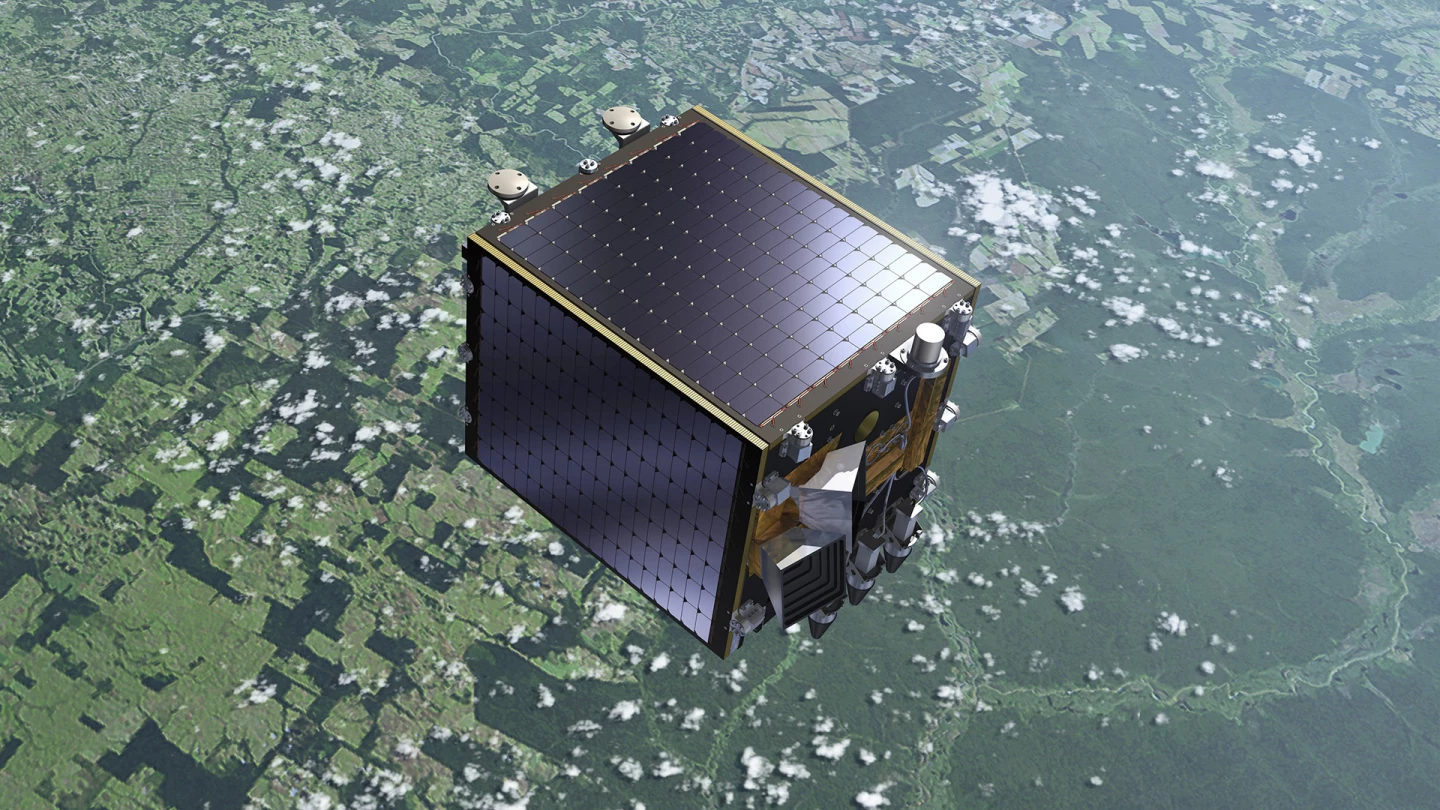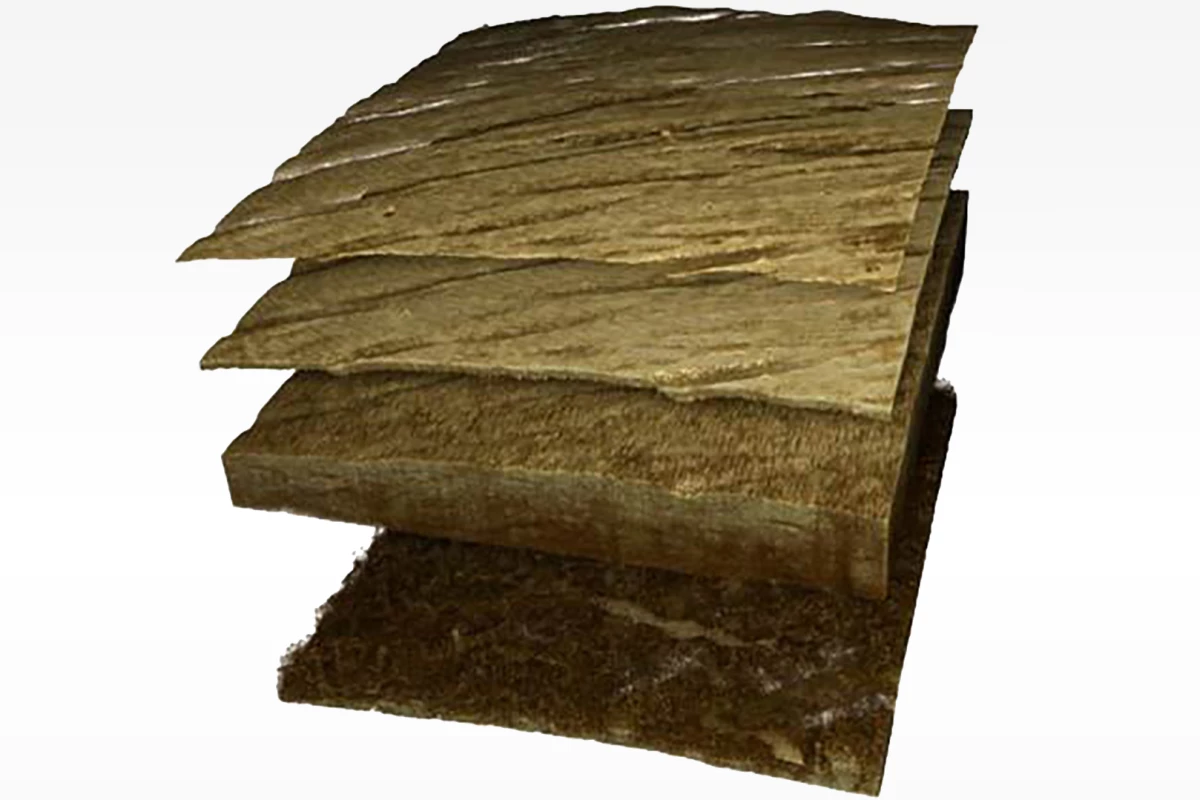The digital infrared sensor installed on the ESA’s Proba-V satellite is being adapted for use back home. While it’s currently being used to provide fresh pictures of the entirety of Earth’s flora every two days, its creators believe it’s well suited to less exotic applications, such as scanning for skin diseases and spotting defects in production lines.
The Probe-V’s infrared camera, which was developed by the agency in collaboration with Belgian company Xenics, focuses on shortwave infrared, detecting the health of vegetation from orbit. The data that the instrument collects has numerous applications, such as helping farmers in predicting crop yields and monitoring rainforests.
The sensor, which covers 2,250 km (1,400 mi) wide swathes of land with every pass, rapidly captures information line by line, something that allows it to efficiently build complete images of moving targets. ESA believes that, given the high speed, detailed nature of recorded data, the tech is well suited to commercialization.

"The high-speed resolution of our 'line-scan' cameras makes them ideal for detecting hidden defects on fast-moving production lines, such as bottle manufacturing or sorting different types of plastics for recycling – all of which look similar to the human eye," says Koen van der Zanden from Xenics.
The fast movement of the objects on the production line is similar to the spinning of the Earth beneath the Proba-V satellite, meaning that the same line scanning technique is equally effective. The team also believes that the technology will be useful in spotting defects in solar panels, rapidly gauging efficiency by searching for a dulling of the glow emitted when the cells absorb light.

Perhaps the most interesting application of the infrared camera technology would be in the medical sector. Xenics is working to adapt the tech for better detection of skin diseases, with the camera’s sensitivity to key wavelengths allowing it to delve deeper into the living tissue, potential helping doctors spot diseases such as skin cancer.
While it will likely be a few years before the adapted sensors start making their way into hospitals and onto production lines, the ongoing adaptation is an excellent example of space program investment having a knock-on effect, helping drive forward innovations in industry.
Source: ESA






